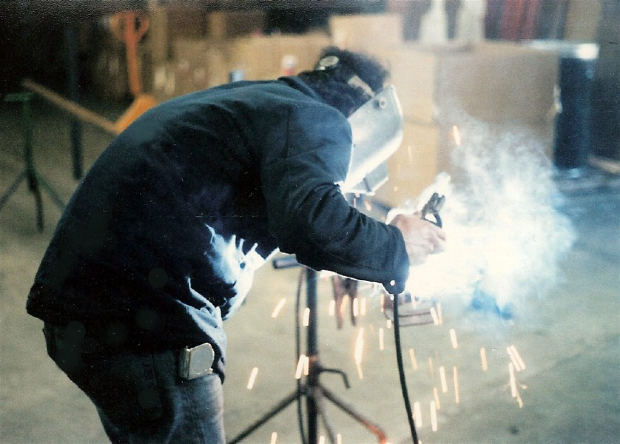Welding Safety 101: What You Should Know

Does your job require you to operate a welder? If so, you'll want to take certain precautions to protect yourself from injury. Welding is a complex, ever-evolving industry that plays a key role in our nation's infrastructure. According to some reports, welding will grow at about 6% each year. But like other industries -- especially those involving powered tools -- there are safety risks associated with it. To learn more about the safety risks of welding and how to mitigate them, keep reading.
Common Injuries Associated With Welding:
- Small shards of metal being projected into the operator's eyes.
- Presence of toxic fumes created as a result of heating certain elements.
- Cuts from touching sharp, jagged pieces of metal.
- Heat exhaustion
- Heat stroke
- Overexertion
- Muscle cramps
- Musculoskeletal disorders
- Back injury
- Repetitive strain injuries (RSI) such as carpal tunnel and tarsal tunnel syndrome.
Before Welding Metal...
Try to get into the habit of stripping metal before welding it. Why is this important? As mentioned above, it's not uncommon for welders to inadvertently expose themselves to toxic fumes. This is typically done when the operator welds a piece of metal that's coated in something toxic. When the coating remain intact, it poss little-of-no threat. But when it's exposed to high heat, such as that of a welding arc, it releases toxic fumes to which the welder is exposed.
Protect Your Eyes
Whether it's a big project, small or anywhere in between, always wear the appropriate eye protecting when operating a welding arc. According to the Occupational Safety and Health Administration (OSHA) eye injuries are the single most common type of injury associated with welding. They can be easily avoided, however, by wearing heavy duty, impact resistant goggles or eyewear.
Protect Your Hands
Don't forget to protect your hand when operating a welding arc. They may not occur as frequently as eye injures, but injuries to the hands do occur, which is why it's a good idea to invest in a pair of welding gloves. These are typically made with kevlar lining for a superior level of protection.
These are just a few safety tips to keep in mind when operating a welding arc. Above all else, though, familiarize yourself with your welding arc and its features before you attempt to operate it.
Recent Posts
-
Fire Safety in the Workplace: What You Need to Know
What steps are you taking to prevent fires in your workplace? According to the U.S. Occupational Saf …Aug 23rd 2023 -
Is It Safe to Go Jogging With a Cold Infection?
If you're suffering from a cold infection, you might be wondering whether it's safe to go jogging. T …Aug 22nd 2023 -
5 Safety Tips to Follow When Using a Powder-Actuated Tool
Powder-actuated tools are commonly used to join materials to steel and concrete. Also known as Hilti …Aug 20th 2023




